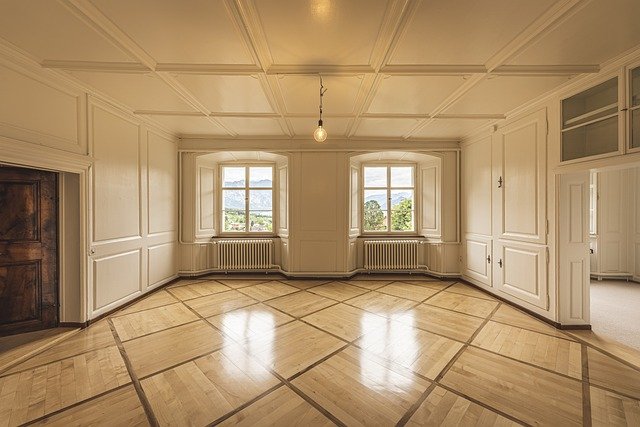The Emergence of Micro-Units in Urban Real Estate
In an era of skyrocketing property prices, micro-units—small, affordable, and often furnished apartments—are becoming increasingly popular. This article delves into the rise of micro-units, highlighting their advantages, challenges, and potential impact on urban real estate.

The Genesis of Micro-Units
The concept of micro-units is not entirely new. For decades, cities like Tokyo and Hong Kong, known for their cramped living conditions, have been home to small apartments. However, this trend has gained traction in Western markets more recently, as urban populations surge and housing shortages persist. Micro-units are designed to maximize every square inch of space, often utilizing transforming furniture and built-in storage solutions.
The Current Micro-Unit Market
Throughout major cities in the United States, the micro-unit market is thriving. In places like New York City and San Francisco, where the average rent for a one-bedroom apartment can be exorbitant, micro-units provide a more affordable alternative. Moreover, the demand for micro-units isn’t confined to low-income demographics. Many young professionals are also attracted to these units due to their prime locations and lower costs.
The Advantages of Investing in Micro-Units
Micro-units can be a lucrative investment strategy for real estate investors. Firstly, they often command higher per-square-foot rents than larger apartments. Secondly, they cater to a growing demographic of renters seeking affordable urban living. Lastly, with the rise of remote work, many people are less concerned with the size of their home and more with its location and affordability.
The Challenges of Micro-Unit Investments
Despite their appeal, investing in micro-units does come with challenges. Regulations regarding minimum unit size can vary greatly between cities or even within different neighborhoods in the same city. Additionally, while micro-units are generally more affordable than larger apartments, they may still be out of reach for many low-income renters, which could lead to higher vacancy rates.
The Potential Impact of Micro-Units on Urban Real Estate
The rise of micro-units could significantly alter urban real estate landscapes. By providing more affordable housing options, they could help to alleviate the pressure on housing markets in densely populated cities. However, the success of this strategy will depend on careful urban planning and regulation to avoid overcrowding and to ensure the availability of necessary amenities and services.
In conclusion, micro-units represent an innovative response to the ongoing housing crisis in many urban areas. As with any real estate strategy, they come with their own set of advantages and challenges. However, the potential for high returns and the opportunity to provide much-needed affordable housing make micro-units an intriguing prospect for real estate investors and city dwellers alike.




